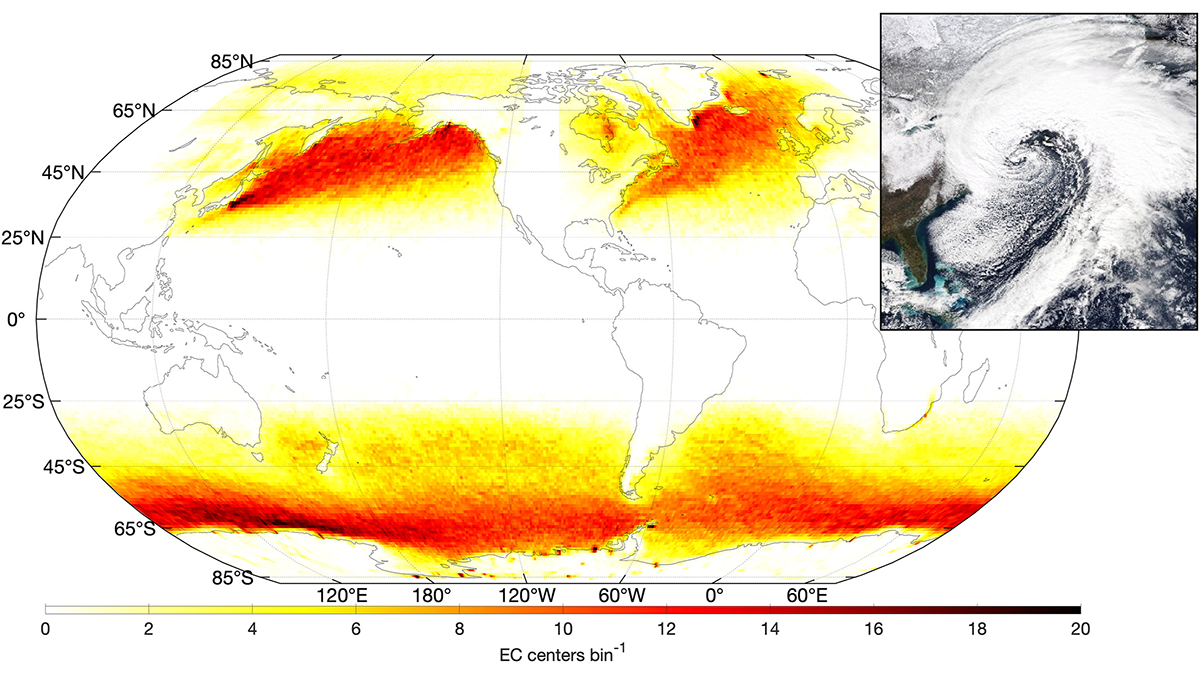While radiocarbon is best known as a dating tool, this rare isotope can also provide unique and wide-ranging insights into the cycling of carbon in the Earth system.
Oceans
Some Corals Are More Heat Resistant Than Thought
The vast genetic diversity of corals means there are some that may survive warming waters. Now scientists just need to find them.
Scientists Improve Hurricane Resilience in the Colombian Caribbean
Scientists are using acoustic sensors to collect data and improve hurricane preparedness and coastal resilience in the archipelago of San Andrés.
What’s Up at the Bottom of the Ocean?
From isotopes to oil spills, sand mining to SMART cables, an array of science is grounded on the seafloor.
What Happens to Drugs After They Leave Your Body?
It’s hard to predict with certainty how drugs break down once they enter waterways. In a new study, scientists devised a way to do just that.
Tracking Ocean Waves from Extratropical Cyclones on Global Scale
A new way of tracking ocean waves with satellite measurements was developed and applied to extratropical cyclones, revealing the effects of storm characteristics on extreme sea states.
Jet-Propelled Tunicates Pump Carbon Through the Oceans
New research reveals that blooms of the widespread gelatinous zooplankton—along with their feces, daily vertical migrations, and carcasses—increase marine carbon export.
Even at the Bottom of the World, the Ocean Is Belching Plastic
Plastic fills the air above Auckland, New Zealand.
Deep-Sea Pressure Crushes Carbon Cycling
The extreme pressure in the deep sea stifles microbes’ appetite for organic carbon. This finding could have important implications for carbon budgets and geoengineering.
A New Approach to Sea Spray Aerosol Production and Prediction
Sea spray aerosols play a critical role in atmospheric processes. A new approach is in strong agreement with observations, paving the way for improved models of atmospheric aerosols of oceanic origin.










